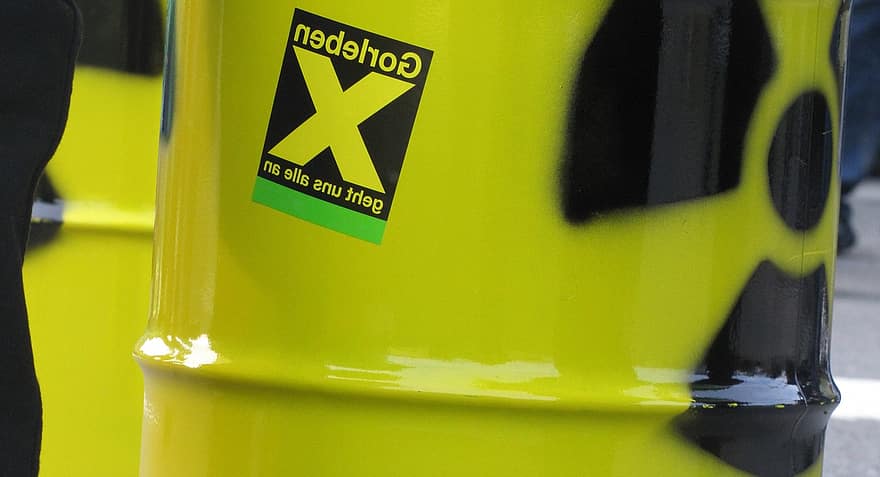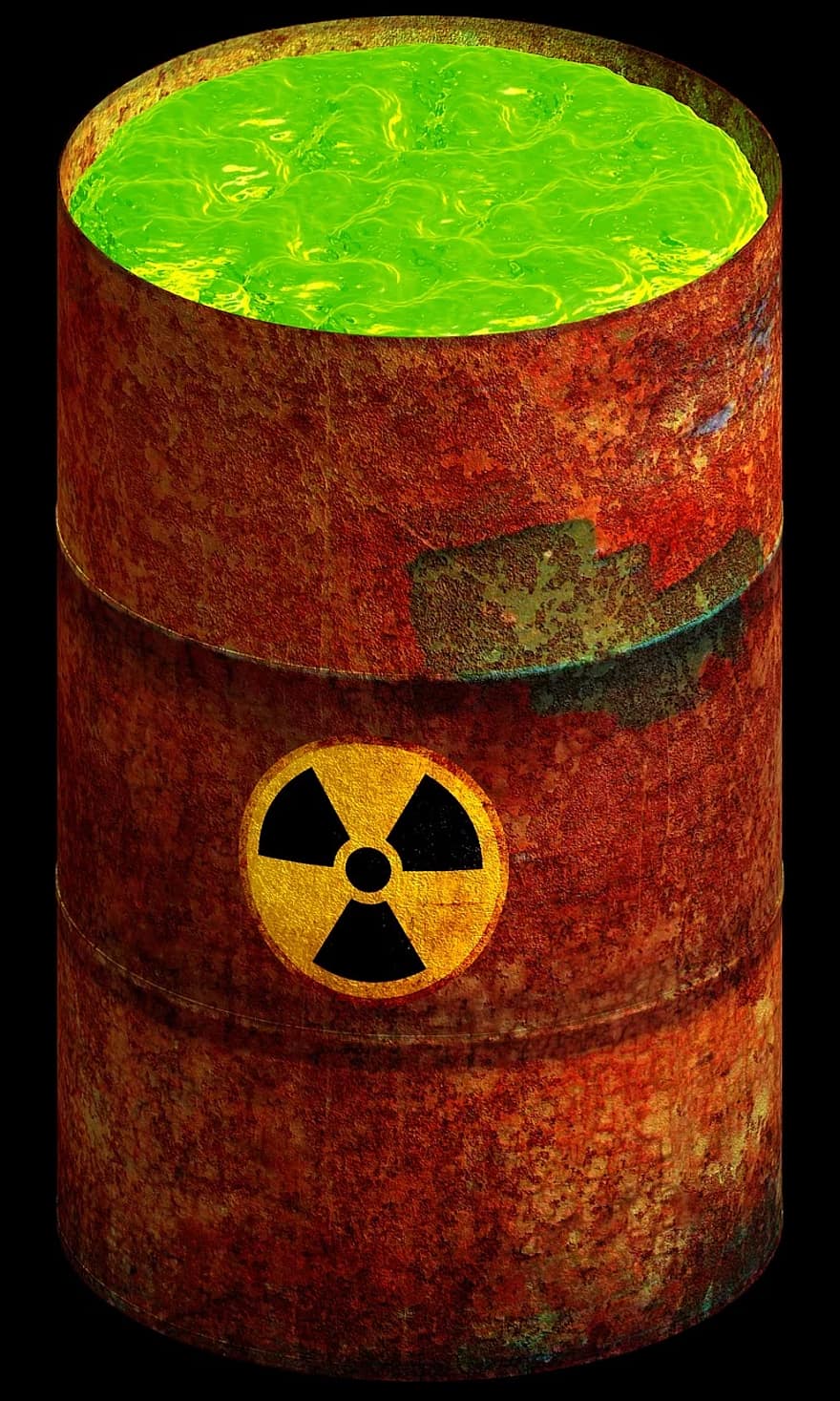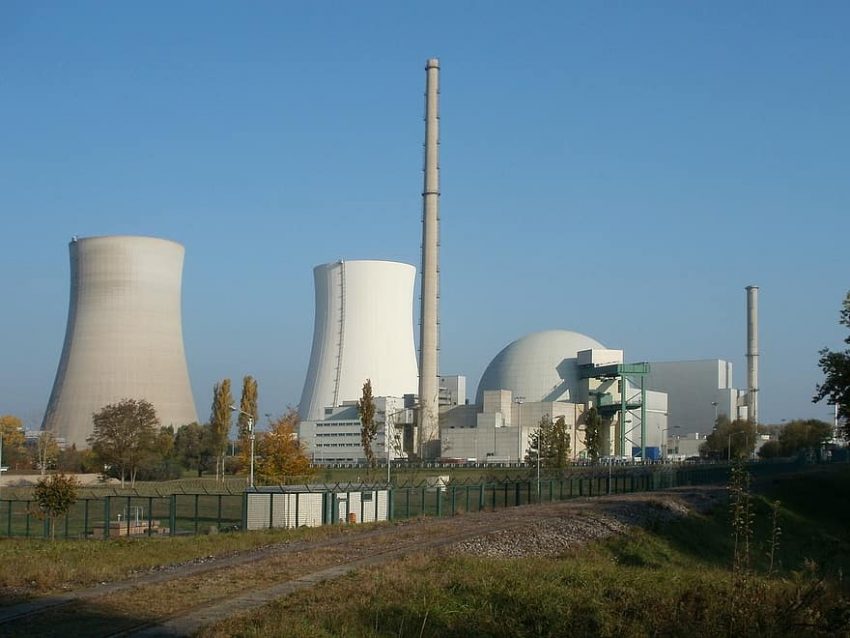Contents
– Origins of radioactivity
– Radioactive waste: what is it?
– Where does radioactive waste come from?
– Different categories of radioactive waste
– Management of radioactive waste
Radioactive waste is radioactive material that industries cannot use. Because of its harmfulness to health and the environment, its treatment is delicate and highly regulated.
This post explains the nature of radioactive waste and how it is managed.
Origins of radioactivity
Radioactivity was discovered in 1896 by Henri Becquerel with uranium and then by Marie Curie with radium:
– Radioactivity occurs when a material spontaneously emits unique particles or radiation.
– Uranium, for example, emits alpha rays without the need for light (this was when the radioactivity of the material was discovered). Becquerel thought that light allowed uranium particles to emit X-rays… He discovered not only that uranium emitted rays different from X-rays but also that it did so even in the dark.)
– Radioactivity is used in medicine, geology, and oceanology. It is also used to produce nuclear energy and can interest agriculture and industrial production.
– Irradiation can cause several health consequences, more or less severe depending on the degree and duration of irradiation. The type of radiation received is also an essential factor.
Radioactive waste: what is it?

The discovery and use of radioactivity have resulted in the production of waste:
– It is important to understand that “radioactive waste” encompasses many diverse wastes, from clothing to scrap metal to various tools.
– These are similar to conventional waste. However, it differs from conventional waste because radioactive atoms have contaminated it.
– They are, therefore, neither reusable nor recyclable. As a result, it presents a danger to health and the environment.
Where does radioactive waste come from?
As you can see, radioactive waste can come from many different materials:
– However, most of it comes from the electro-nuclear industry.
– It can also be produced in nuclear medicine, military use of nuclear energy, and non-nuclear industries.
Different categories of radioactive waste

While always harmful, not all radioactive waste is equally dangerous:
– First, radioactive materials are used differently depending on the type of industry that employs them, as well as the size of that industry. For example, high-level radioactive waste is a billion times more radioactive than low-level waste.
– In addition, some waste is short-lived, meaning that its radioactivity takes a few years to die on its own. Other wastes have a longer life and require specific treatment. In this case, waste management is extended or even very long-term.
– Finally, the chemical composition of radioactive materials can be very different from one waste to another. The recycling efficiency depends in part on the composition of the recycled objects.
Good to know: radioactive waste can be liquid, solid, or gaseous.
Managing radioactive waste
There are several ways to treat radioactive waste. It depends on the nature of the waste, the countries and their legislation, and the technical means available.
Controlled release
Activities that use radioactivity and their waste are subject to strict control. The release of these materials into the environment is only authorized
– in the form of wastewater or toxic gases;
– in the case of low activity, of isotopes with little radio-toxicity and short life;
– in the context of an activity strictly regulated by law.
Waste treatment stages
For waste produced by nuclear power plants:
– The first step is to separate the recoverable materials (recyclable, therefore) from the waste, which is, by definition, non-recoverable.
– The waste is then conditioned to prevent it from dispersing.
– Radioactive waste can be stored on the surface (mine tailings), at a shallow depth, deep geological layer, or sea.

